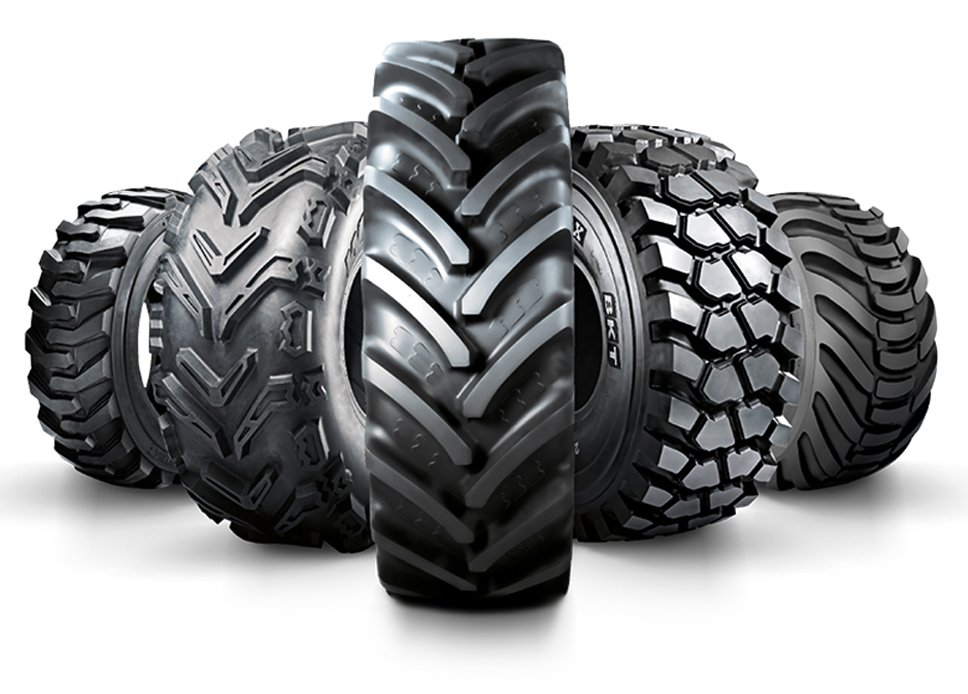Fiberglass Wool: A high performing building insulation
By Edit Team | April 20, 2017 9:59 am SHARE

Biswajit Roy of U.P. Twiga Fiberglass Ltd explains why fiberglass wool has emerged as a preferred insulation material for building industry across the globe. Global warming has been acknowledged as the common concern of mankind by all countries in Paris Climate Change Summit, held in 2016. Arresting the rise of the global average temperature well below 2 C above pre industrial level, has been jointly decided. Then, in month of June 2016, India witnessed scorching summer when maximum recorded temperature in some places (Rajasthan) crossed 50 C mark highest in last 60 years. In various part of the world the average temperatures were recorded above normal, oceans became warmer than usual. People were surprised to observe these rapid changes in their environment. For countries like India it is a question between fast development and protecting the environment at the same time. By now most of us know, building is one of the major reasons for energy consumption or GHG emission. To make a building energy efficient one of the best way is to insulate it. We have been using insulation for the centralised HVAC or refrigerant lines for long time, but envelope (building) insulation is still need some attention specially in residential sector. Fortunately, high performing building insulations are available in almost all major cities of India, but only few people know how, when and where to use them.Fiberglass wool is one of such insulation material which can be applied almost all the important envelope applications. Some of them are discussed below:Underdeck insulationFiberglass wool boards or blankets can be installed underside of the RCC roof slab with gypsum or plaster ceiling system. The insulation should be vapour-barrier laminated and should be of minimum 50 mm thickness for better thermal resistance. It helps to reduce the effect of high external temperature inside the building by resisting heat flow across the roof from outside to inside. If air-conditioned, underdeck insulation helps to reduce AC’s energy consumption by reducing the total heat load of the building. Insulation units are need to be fixed to the RCC with the help of polyamide based insulation fasteners. For residential units where plaster board ceiling may not be an option, underdeck insulation rigid fiberglass wool boards with flat and paintable fiberglass cloth laminates can be applied over a pre-installed metal frame system. Wall insulationFiberglass wool insulation boards can be applied between two masonry walls erected in parallel. This application is only possible during construction of the building. Normally wall ties are applied between these two wall to keep them together and these wall ties also provide support to the insulation boards. In some of such application fiberglass wool blankets are also used, where the wall leaves are constructed one at a time and not simultaneously. Once again polyamide based insulation fasteners may be useful to install the boards with minimum thermal bridges. If cavity wall construction is not possible, insulation as a wall liner can be applied with the help of gypsum boards and metal frame. Most of the commercial buildings have tall façade system at the external wall. Façade insulation application requires tissue laminated fiberglass wool boards. The insulation boards either can be applied on the wall independent to the façade system; or can be mounted along with a glass-metal box that assembled with the insulation inside before install on vertical rails fixed to the external wall. For the insulated glass facades (opaque) normally the colour of the tissue is black so that at the colour of the insulation (usually yellow) is not visible. Sometimes for green coloured glasses, green tissues are laminated on the fiberglass wool boards. All the above insulation system either helps to reduce building’s energy demand significantly or helps to reduce internal temperature by few degrees to provide comfort condition. Fiberglass wool has an added advantage of being a fire safe product. It is non-combustible, least ignitable and free from smoke and toxic gases. Made out of pure glass fibres, well distributed and bonded with phenolic resin or other type of binder, this high performing insulation is one of the most time tested and proven material. Available in various forms and sizes with ample lamination options, fiberglass wool can meet the basic need of thermal as well as acoustic design requirement of the buildings. Moreover, these products are completely safe from environmental and health aspects and approved by green product certification bodies like Singapore Green Building Council and TERI.High performing fiberglass wool insulation has a history of more than 80 years and has evolved over this period since invented in 1930. It is now one of the popular and used insulation materials for building industry in the US, Europe, Japan, South Africa, China, Brazil and lot of other developed and fast developing countries. In India till now mainly commercial buildings and some big size residential projects are using insulation products. In near future with growing awareness on energy efficiency, it is expected that high performing insulation technology will penetrate more in to the Indian building industry. Authored byBiswajit Roy,Manager Building Solution, U.P. Twiga Fiberglass Ltd.
Cookie Consent
We use cookies to personalize your experience. By continuing to visit this website you agree to our Terms & Conditions, Privacy Policy and Cookie Policy.

















































